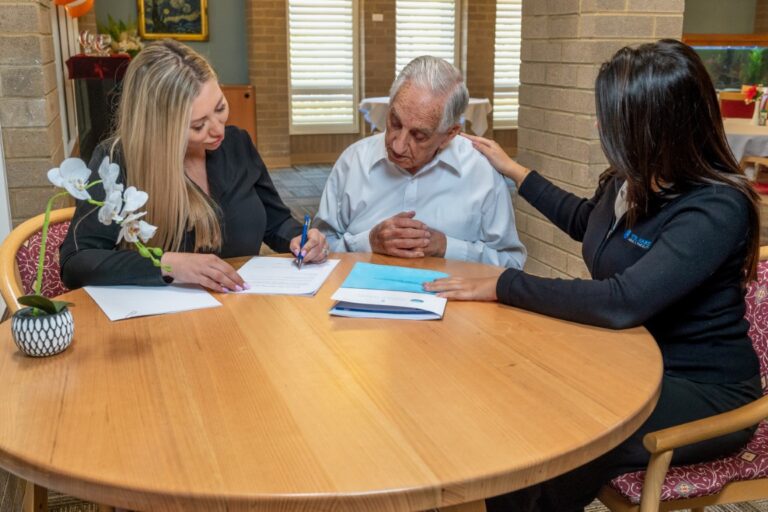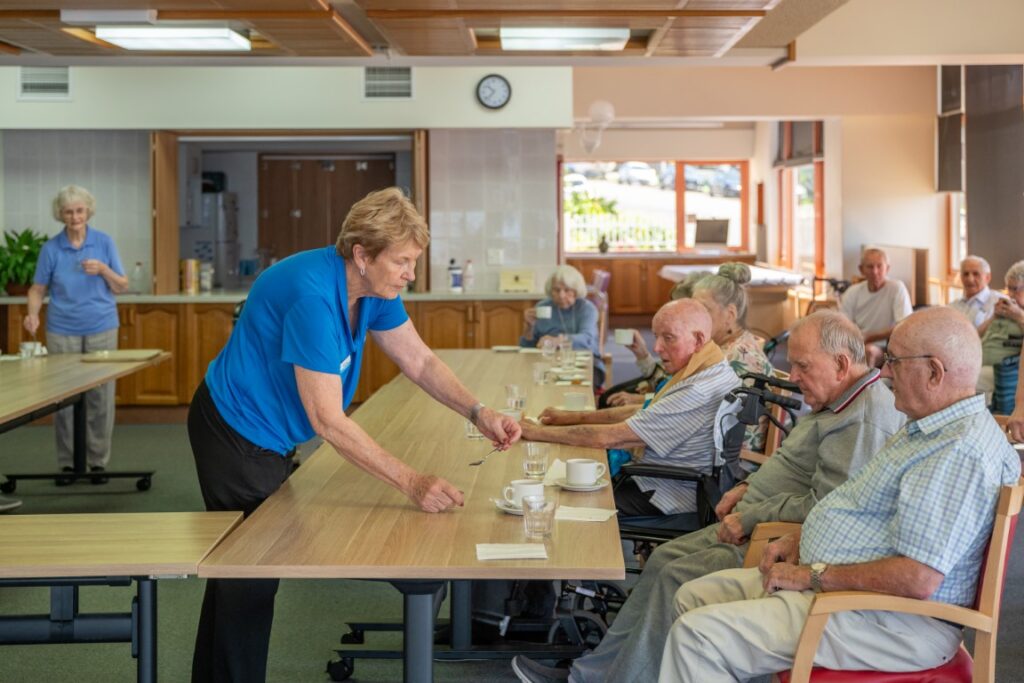
Let's Get Started
We have included information below to get you started on your journey to entering residential aged care, detailed information is also accessible direct from the myagedcare.gov.au website.
We appreciate that the transition to residential aged care and navigating what is required for a successful transition can be an overwhelming experience at times, please read through the below & remember we are always here to help answer any questions.
There is also an easy-to-read brochure you can download here: Steps to enter an aged care home
I am eligible - what's next?

1. Find out about the aged care options in your preferred area
Start by finding out what options you have available to you or your loved one in your preferred area. You can complete an easy search via the link below.
Find a provider (myagedcare.gov.au)
You can also ask your assessor to refer you to an aged care home or you can refer yourself. If you choose to refer yourself, you will need the referral code in your approval letter (more info regarding referral codes below)
We always recommend viewing the homes you are interested in, all should offer tours.

2. Considerations when selecting a Residential Aged Care Home.
Before viewing a home/s, it might be useful to consider what is important for yourself or your loved one. Once you have this information, book a tour at a few local homes to understand your options.
- Do you feel comfortable when you first enter the facility?
- Is the facility fresh, clean and in good repair?
- What social activities are provided?
- What are the meal arrangements – times, menus, visitors, special diets?
- Are residents well cared for? Are they well groomed? Are they dressed appropriately for time of day?
- What training do the care staff have, e.g. are there registered nurses, enrolled nurses, assistants in nursing?
- How many staff provide care overnight?
- What arrangements are there to ensure privacy for residents?
- What furnishings and personal items can you bring and what is supplied?
- How can family and friends be involved in your care?
- Can the facility meet the resident’s medical and special needs, including language and culture, religious observances, pets, access to medical visits?

3. What is a referral code and why do I need it?

4. Understanding the costs
- your income and assets, as assessed in your aged care means assessment
- the level of care you require
- the home you choose.
After your assessment, your assessor will need some time to review your information and determine your eligibility. Once a decision is made, the Aged Care Assessment Team (ACAT) will send you a letter.
The letter will contain:
- the assessment team’s decision on whether you are eligible.
- the services you are eligible to receive.
- the reasons and evidence supporting the decision.
- a copy of your support plan developed during your assessment.
- referral codes for services if you discussed this referral method with your assessor.
If you don’t receive a letter explaining your assessment decision, contact your assessor and ask for a copy.
Aged Care – Alteris Financial Group or phone number is 02 8078 0888
The Older Persons Advocacy Network also supports older people and their families to connect with and navigate aged care services options.
